The Importance of Including Native and Indigenous Literature in AP English
In AP English Literature classrooms, it is essential to recognize that everyone’s literature matters. The canon of literature has historically been...
AP & Honors Mathematics
Explore Wiley titles to support both AP and Honors mathematics instruction.
Literacy Skills & Intensive Reading
Connections: Reading – Grades 6–12
Empower student success with a proven intensive reading program that develops strong reading skills in striving readers.
Drama, Speech & Debate
Basic Drama Projects 10th Edition
Build students’ confidence and competence with comprehensive, project-based theatre instruction.
Literature
Connections: Literature
Support learners as they study dynamic, relevant texts and bring the richness of diverse voices to students through literature.
Literature & Thought
Develop critical thinking, reading, and writing across literacy themes, genres, historical eras, and current events.
Language Arts
Vocabu-Lit® – Grades 6–12
Help students build word power using high-quality contemporary and classic literature, nonfiction, essays, and more.
Connections: Writing & Language
Help students develop grammar, usage, mechanics, vocabulary, spelling, and writing and editing skills.
Reading/English Language Arts
Measuring Up to the English Language Arts Standards
Incorporate standards-driven teaching strategies to complement your ELA curriculum.
English Language Learners
Measuring Up for English Language Learners
Incorporate research-based best practices for ELLs with an approach that includes a focus on language acquisition strategies.
Mathematics
Measuring Up to the Mathematics Standards
Incorporate standards-driven teaching strategies to complement your mathematics curriculum.
Foundations
Measuring Up Foundations
Help students master foundational math skills that are critical for students to find academic success.
Science
Measuring Up to the Next Generation Science Standards
Give students comprehensive NGSS coverage while targeting instruction and providing rigorous standards practice.
Assessment
Measuring Up Live
Deliver innovative assessment and practice technology designed to offer data-driven instructional support.
For a better website experience, please confirm you are in:
2 min read
Perfection Learning Jun 26, 2025 2:58:39 PM

Creating a sense of belonging at school is essential for every student, but it is especially impactful for those with disabilities. Students with disabilities often report feeling isolated and even invisible at school. When students feel seen, valued, and included, they are more confident learners and active participants in the school community. At Perfection Learning, we are dedicated to building inclusive environments where every learner has equitable access to meaningful educational experiences. Our commitment to inclusive education goes beyond curriculum—it’s about fostering respect, understanding, and genuine connection in every classroom. In this post, we’ll share three practical strategies that K-12 educators and administrators can use to help students with disabilities feel welcome, supported, and empowered to thrive.
Fostering an inclusive school culture starts by setting clear expectations for respect and acceptance throughout the entire community. When administrators and educators lead with these values, students are more likely to model them. In the classroom, celebrating diversity means recognizing and valuing each student’s unique contributions, abilities, and backgrounds. Simple practices like incorporating diverse perspectives in lessons, using inclusive language, and encouraging open conversations help students see themselves reflected in their environment. School-wide events such as Unity Days, accessible art shows, or awareness campaigns normalize inclusion and ensure that all students, including those with disabilities, feel that they truly belong.
Connecting with peers is a powerful way to ensure that students with disabilities are part of the fabric of school life. Collaborative projects and cooperative learning activities provide natural opportunities for students to build relationships, work together toward shared goals, and appreciate one another’s strengths. Initiatives such as peer mentoring or buddy programs can offer ongoing support and encouragement, helping students who may feel isolated to develop friendships and gain confidence. Recognizing the risks of social isolation, educators can be proactive by designing classroom experiences that foster inclusive social interaction and encourage all students to participate fully.
Accessibility is fundamental to ensuring every student can succeed and feel a sense of belonging. Universal Design for Learning (UDL) helps educators create curriculum materials that are flexible and accessible, accommodating a variety of learning styles and needs from the start. Embracing assistive technology like Immersive Reader, text-to-speech tools, and interactive whiteboards helps students with disabilities to engage fully with content and demonstrate their understanding in different ways. Differentiated instruction allows teachers to tailor lessons and assessments to individual strengths and needs. Collaborating closely with families and specialists ensures ongoing, personalized support, fostering a team approach that values each student’s unique journey. By integrating these strategies, schools can create classroom environments where all learners experience genuine access and opportunity.
Every student deserves to feel that they belong, and fostering this sense of inclusion should be at the heart of every school’s mission. By reflecting on current practices and sharing strategies within your educational community, you can make a difference in the lives of students with disabilities and support each learner’s right to be seen, respected, and valued.
Explore our website for additional tools, professional development opportunities, and materials designed to support you in building a lasting sense of belonging for all students.

In AP English Literature classrooms, it is essential to recognize that everyone’s literature matters. The canon of literature has historically been...
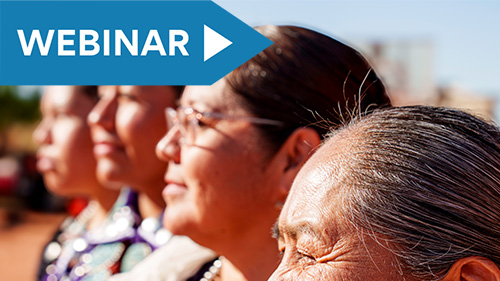
In AP English Literature classrooms, it is essential to recognize that everyone’s literature matters. The canon of literature has historically been...

As middle school educators, we know the moment when a learner comes alive in class. Maybe they're debating a character's motivation or crafting a...

The summer break is winding down, and soon you'll be setting up your classroom for another year of learning adventures. Whether you're a first-year...
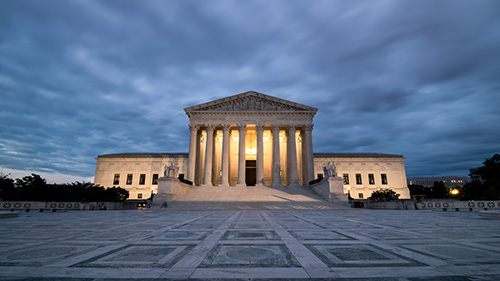
One of the personal stories I frequently share with my students is how I nearly became a lawyer. I majored in political science and philosophy in...

When I think about the success stories of my middle school emergent bilingual learners, I can’t help but smile. What about you? Sure, there were...
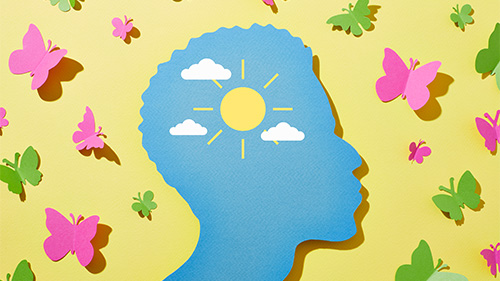
Juno Dawson is a prominent transgender activist and writer. Known for her fact-driven books, she focuses on topics teens wonder about or need to...
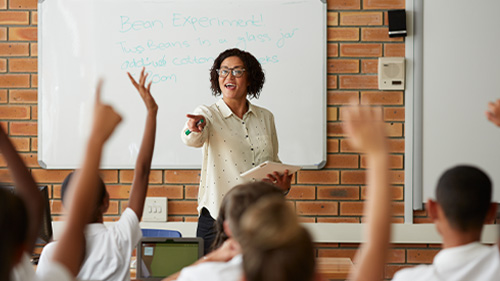
Do you ever have one of those days where you ponder, “What on Earth am I doing, and am I doing it right???” I did. Often. And they were often...

The world of AP Psychology is going through a curricular change. While this has been a works in progress for a number of years, not that the changes...
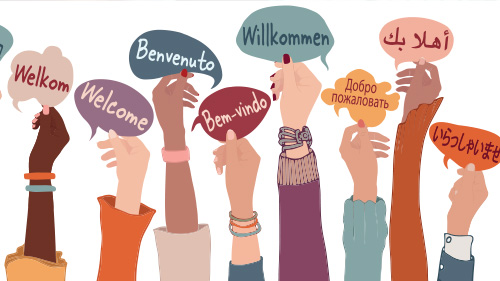
What happens when we stop seeing language diversity as a barrier and start embracing it as our greatest classroom asset?
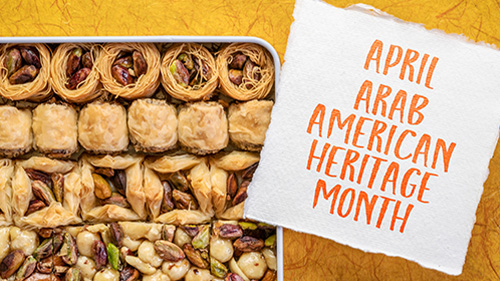
The best part of being an ELA teacher is getting to expose students to a diverse set of stories. To appreciate the new cultures and heritages more...

Whether you were relieved or intimidated to see nine foundational documents in the AP® U.S. Government and Politics course after the redesign, you...
